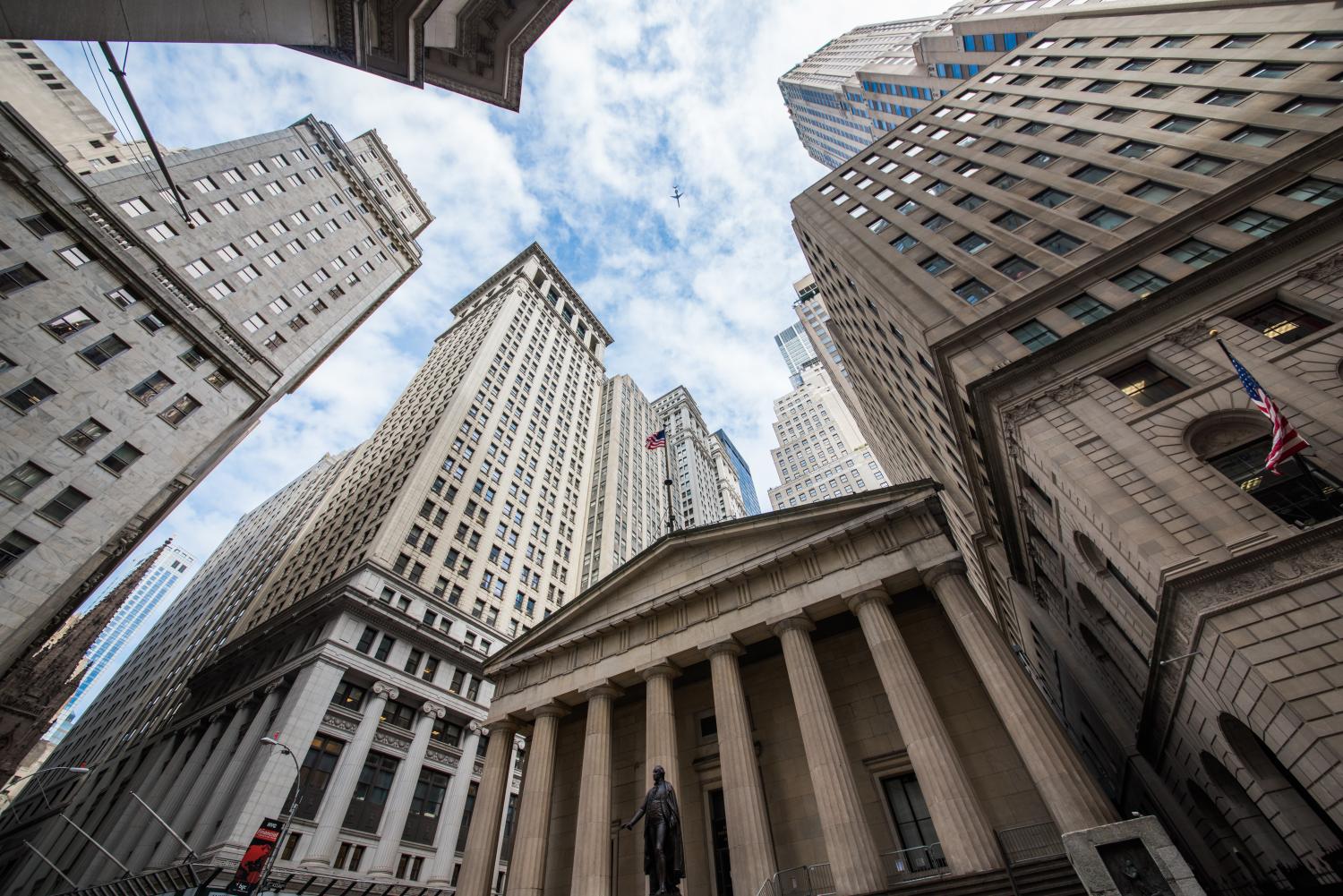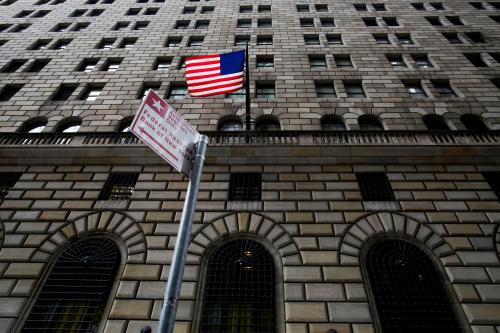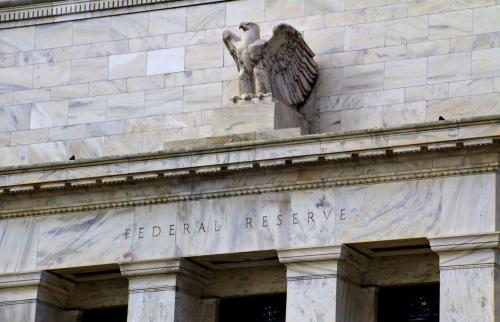The Federal Reserve and the FDIC requested public input on the Uniform Financial Institution Ratings Systems, better known by the CAMELS acronym, that governs how banks are rated by regulators. CAMELS ratings form the backbone of bank regulation and supervision, making them core to financial regulation. They are confidential, having achieved a legal status that trumps requirements on public companies to disclose material problems. The excerpt below is from my comment letter that proposes making the aggregate CAMELS ranking for all banks’ public. Here’s why that would improve financial regulation and markets:
Making banks’ composite CAMELS ratings public may seem radical, as they were so carefully guarded that until 1997 bank regulators did not even disclose CAMELS ratings to the bank being rated! However, careful analysis proves that for the largest financial institutions in America negative CAMELS are already made public. This is because the FDIC publishes the aggregate assets of all troubled institutions, defined on the basis of an aggregate CAMELS rating of a 4 or 5, on a quarterly basis as part of its quarterly banking profile. Currently those banks have cumulative assets of $49 billion, a range that is consistent with experience during non-crisis periods. This size, coupled with the number of banks with similar asset sizes under $10 billion, makes it essentially impossible to identify specific smaller institutions on the list, providing relative anonymity for smaller institutions.
The addition of any of the top ten banks would make it easily be apparent to the public that a very large bank was added, as each is over $300 billion in total assets.[1] Given the unique size of each bank it wouldn’t be hard to figure out which one it was. Outside of the top ten institutions, the addition of a single institution would be easily narrowed to one of a small handful of institutions. Market forces might well require those not identified to restate their strength, easily identifying the institution that has been downgraded. Even further down the list it would be relatively easy to identify certain banks’ addition – for example, there is only one institution with assets between $80 and $90 billion. It would be difficult and unlikely to hide that institution’s appearance on the list, depending on conditions of other institutions. Only below the $50 billion threshold are there enough banks that it might not be easily apparent which one.
Thus, the current system does in fact make a small subset of the largest financial institutions ratings cumulative CAMELS public, albeit in an indirect and slightly lagged basis. This creates an unlevel playing field whereby a series of incentives apply to regulators and financial institutions regarding the ramification of such a downgrade, that do not exist for the smaller financial institutions. That the status quo is not consistent across institutions and is arbitrarily applied as it relates to privacy depending on the size of that institution and the size of other institutions underscores the need to recognize the problems this creates and consider alternatives.
Making all institutions ratings public is one solution to level the playing field. It has many other positive ramifications, such as providing more information to market participants on the health of financial institutions. After all, shouldn’t market participants have the right to know on a high-level basis, if the government believes a financial institution is on the brink of collapse? Conversely if the government believes an institution is in excellent condition, that information is important. Finally, transparency of ratings will improve the quality of financial regulation by requiring regulators to defend their assessments to broader market and public.
Two main objections to making CAMELS public are concerns that it would reduce the quality of bank supervision, and increase the potential for a run on a bank that has been downgraded. The first fear was used to oppose the transparency increase of the 1990s: telling the bank its own rating. Evidence on the requirement to disclose ratings to the banks being rated shows that there was not a reduction in supervisory effectiveness (Feldman, Schmidt, and Jagtiani). Similarly, with regard to run risk, research by the Boston Federal Reserve (Rosengren, Peek, and Jordan) analyzed the role of increased disclosure of enforcement actions within the U.S. banking context and global banking problems in past crisis before the Great Financial Crisis and found “that improving disclosure at troubled U.S. banks during the banking crisis was not destabilizing and did provide conditions for market discipline to work more effectively.” Finally, the Dodd-Frank Act created a new failure resolution regime that regulators and policy makers have expressed great degree of confidence in containing potential contagion from the idiosyncratic failure of any single large financial institution. So, if such a big bank were to be poorly managed, then policy makers need to let it fail. Making ratings public helps increase accountability for regulators who have pledged to end Too Big to Fail.
Maximizing transparency while preserving optimal value from confidential supervisory information are twin goals in financial regulatory policy. Inherent tension between the two is a problem in determining the quantity and type of information released to the public, as well as the timing of such information. Provide too much information too soon and risks of bank runs increase. Provide too little too late and economic and market incentives fail to apply, causing inefficient and risky behavior by financial institutions.
The existing system has, through an underappreciated set of differing regimes, created a two-tiered regime subjecting the largest financial institutions to a different de-facto level of CAMELS publicity than smaller institutions. What was once considered radical and unwise levels of transparency with monetary policy decisions has become the norm. Similarly, a small step in making CAMELS ratings more transparent was undertaken in the late 1990s with positive impacts.
[1] 9 of the 10 have over $300 billion in deposits as well. Based on either the deposits or assets of the largest US domestic institutions as reported by the Federal Reserve.





